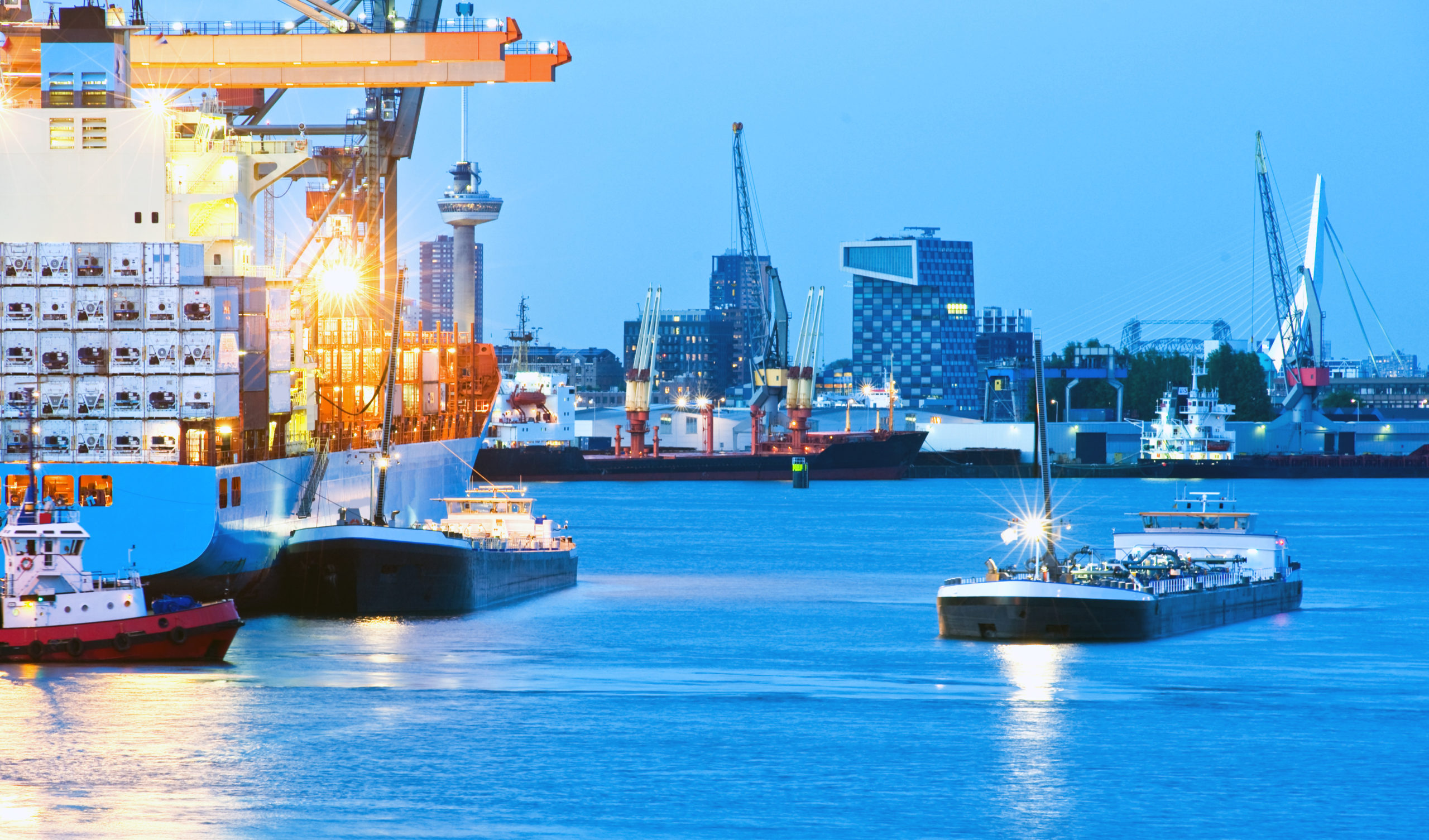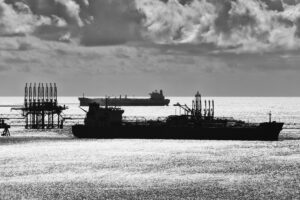Half of the maritime incidents in 2022 recorded occurred in ports and terminals, data from RightShip shows. RightShip, an environmental, social and governance focused digital maritime platform, gathers global incident data from various leading sources, including PSC, MOUs, classification societies, flag states, shipowner and managers self-reporting and other data sources.
According to the data released by RightShip there were 2,400 incidents in 2022 where the location was recorded.
Half of the incidents occurred for vessels in the ports and terminals environments, and most of those (813) were in ports and harbours when docked.
Where location data is available, 50% of incidents occurred within the port and terminal boundary, including at berth or using facilities, waiting at anchorage, and during harbour transit.
“This statistic should be worrying to harbour masters and operations teams. Even though many larger ports are used to manage vessels of varying operational and safety standards each day, the data shows that the inherent risk while the vessel is within a port’s boundary is much larger than we previously thought. Many of these risks are out of the port’s control, and they need to be ready to deal with issues as they occur, while also making sure their operations across all facilities are not disrupted,” Yucel Yildiz, RightShip’s Port and Terminal Manager said.
The latest observations on global incidence data from RightShip says that port authorities are aware that safety gaps cause accidents or loss of life to seafarers and shore personnel.
“While port operations teams know it makes commercial sense to attract vessels to your ports and terminals environment, incidents can result in pollution, property damage, and delays, or a combination of these”, as RightShip reveals in its report.
Furthermore, the impact of these incidents on the port’s ability to process vessels at the same rate can be severely reduced, which can become very costly.
To avoid such scenarios, many port authorities and the operations teams within ports and terminals, want to adopt high operational standards to reduce complicated and inherent risks, and maintain high operating performance.
To protect operational performance, ports and terminals must effectively gather information to plan and manage risk.
As RightShip highlights in its data report “If you can evaluate issues before you accept vessels into berth, and adopt record keeping on departures, you can plan for the risks instead of simply accepting that “accidents happen”. Operations budgets have to account for disruption. But it’s costly to retask shore personnel, endure entire berths being out of action, or in the worst-case scenarios, have a vessel clogging up transit routes for multiple berths, all situations to be avoided for smooth port operations.”



